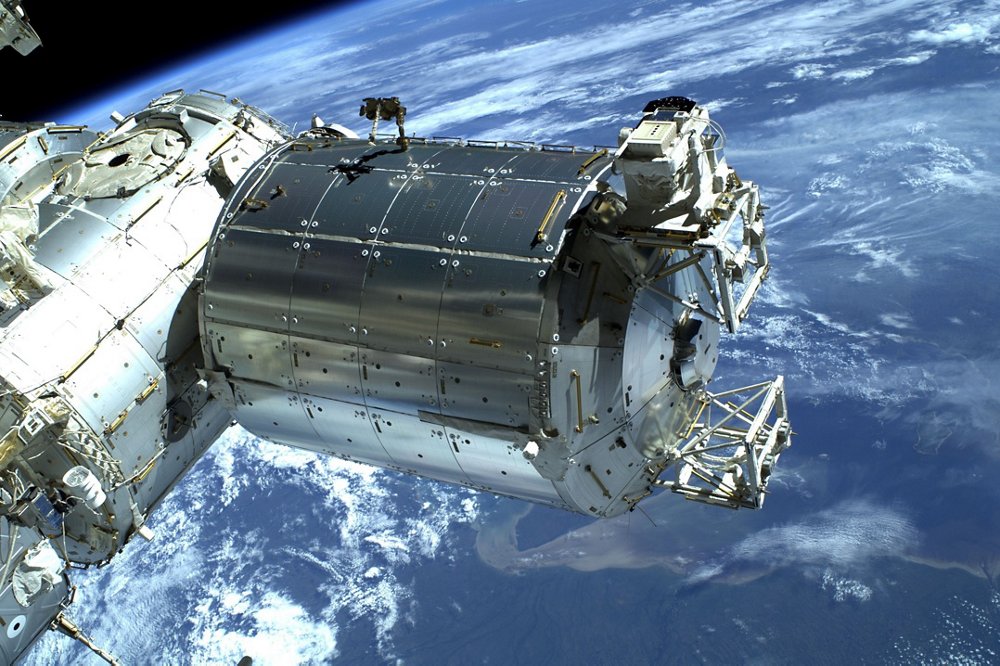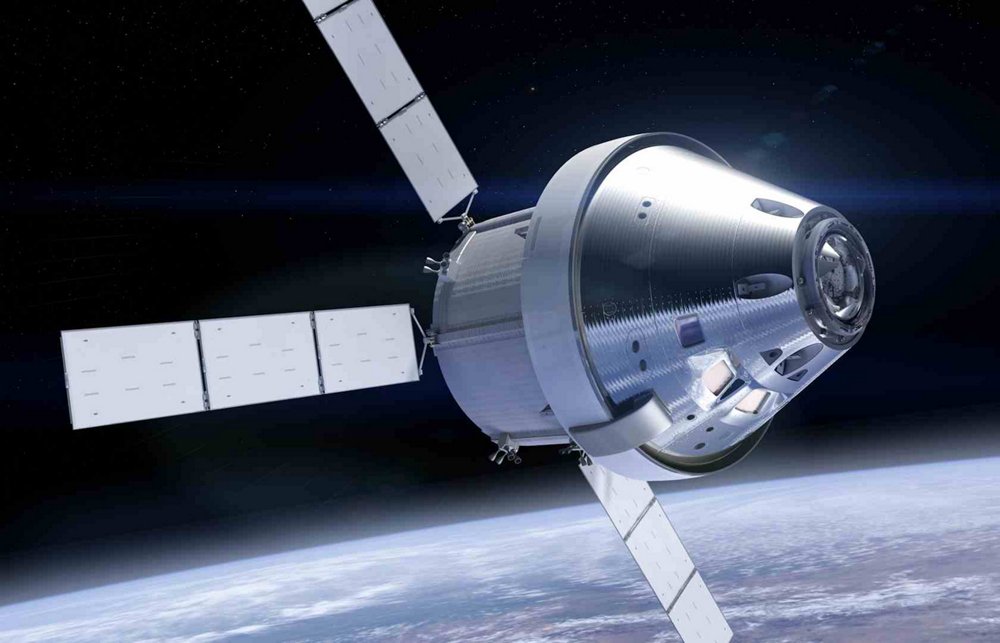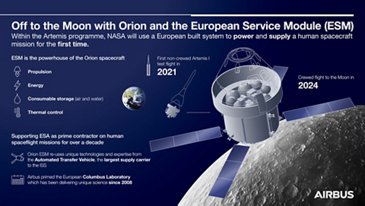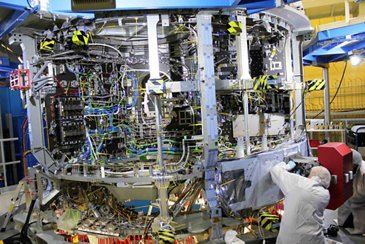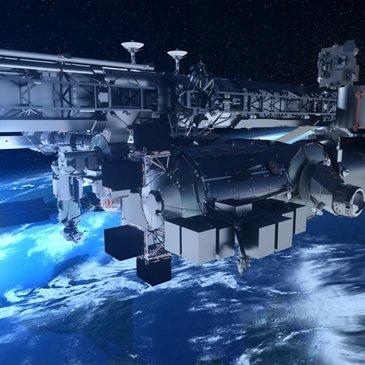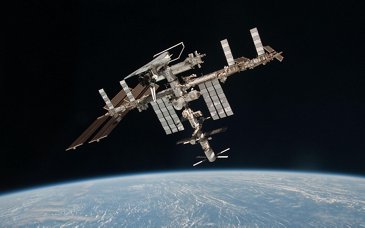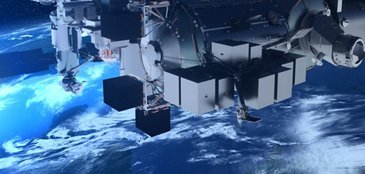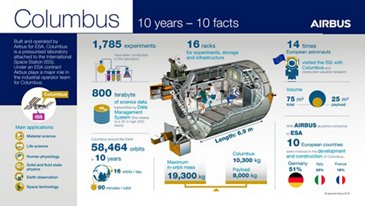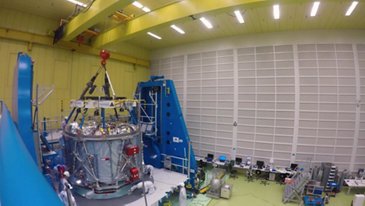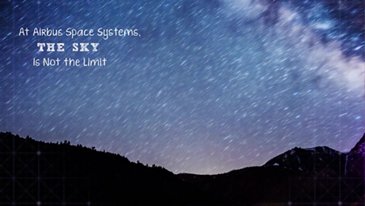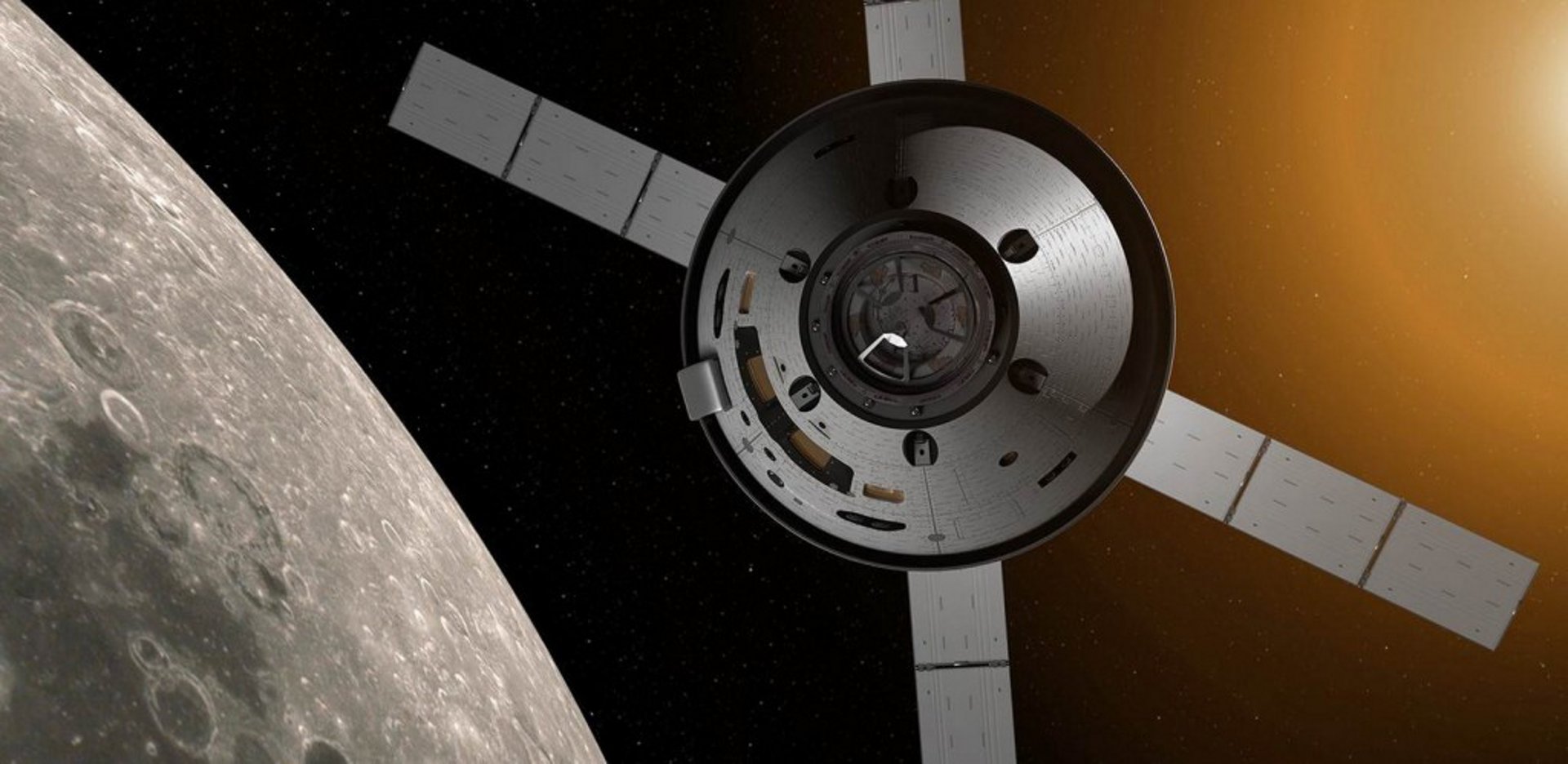
Space infrastructures
Airbus Defence and Space plays a significant role in the major successes associated with European orbital systems, as customers and partners worldwide rely on our experience and innovative spirit.
Today, Airbus Defence and Space works on a number of exciting space projects, including Orion ESM, the International Space Station’s Columbus module, Bartolomeo and ATV. As a global competence centre for all human spaceflight-related activities, our additional competences include astronaut training, life support systems for Earth and space, space robotics, space exploration programmes and, last but not least, sounding rockets for microgravity experiments.
The International Space Station (ISS) is one of the most ambitious scientific and technical projects ever undertaken in human spaceflight. It is an unprecedented international endeavour, with 10 European countries joining the United States, Japan, Canada and Russia.
Airbus is leading the European contribution to this project and was selected by the European Space Agency (ESA) as prime contractor for two key elements: Columbus, a multifunction space laboratory, and the ATV (Automated Transfer Vehicle) supply vessels that performed five successful missions to the ISS. In addition, Airbus is part of ESA's industrial operator team for the operation and utilisation of the European elements of the ISS. Airbus – among others – provides also control systems with fault tolerant computers and wireless communication systems for the ISS that astronauts use during their experiments.
Visit the RemoveDEBRIS page here
The Columbus laboratory has been in orbit since February 2008. With its own life support system, it provides a unique environment and multipurpose research opportunities in microgravity.
Astronaut-researchers on board the ISS are carrying out experiments covering material science, medicine, pharmaceuticals, human physiology, biology, Earth observation, fluid physics and astronomy.
Columbus is a pressurised laboratory with its own independent life support system. It's one of the primary European contributions to the International Space Station that was built and is being operated by Airbus Defence and Space.
| Successful launch |
in February 2008 |
| 41 subcontractors |
managed |
| 14 countries |
involved with project |
Our success with Columbus is not only a great testament to the whole Airbus Defence and Space team but also cements our reputation as a true global player in the field of human space travel.
Helmut Luttmann, Airbus Defence and Space
The Automated Transfer Vehicle (ATV), dubbed the ISS’s lifeline to Earth, ferried propellants, food, water and equipment to the ISS between 2008 and 2015.
Once docked, an ATV used its own engines to:
- Correct the station’s orbit
- Compensate for a regular loss of altitude due to drag
- Contribute to collision and debris avoidance
At the end of a mission, the ATV was filled with waste, de-docked and burned up as it headed back into the Earth's atmosphere. The ground-breaking innovations and learnings obtained during the ATV development and missions now serve as a fundamental basis for the development of the Orion ESM.
Orion, NASA's next-generation spaceship designed for crewed space exploration missions of destinations beyond low Earth orbit (asteroids, the Moon, Mars), will be powered by a European Service Module (ESM) developed and built by Airbus Defence and Space. This ESM will power the Orion capsule and its crew deeper into space than ever before, providing propulsion, power, water, oxygen and nitrogen as well as keeping the spacecraft at the right temperature and on course.
Learn more about Orion ESM through Orion´s blog
| #1 European supplier |
for a NASA spacecraft |
| 1st uncrewed flight |
as early as 2021 |
| Up to four astronauts |
can be sent to space |
Drawing on their experience with the International Space Station (ISS), they know by heart what life support systems need to look like. NASA cannot fly without us, and we cannot fly without them.
Oliver Juckenhoefel, Airbus Defence and Space

The commercial use of the ISS is increasing, leading to new and low-cost opportunities to access to space. Whatever the mission in low Earth orbit, Airbus offers affordable and “all-in-one” mission service on-board the International Space Station by hosting either external payloads or experiments inside the ISS.
Named after the younger brother of Christopher Columbus, the Bartolomeo platform is attached to the European Columbus Module and operated by Airbus Defence and Space. Bartolomeo application areas include (but are not limited to) Earth observation, robotics, material science or astrophysics. This all-in-one Mission Service comprises all mission elements into one commercial contract (mission preparation, payload launch, payload on-orbit installation, commissioning, operation, payload data processing and delivery), in order to provide the customer a reliable integrated mission solution. The offer includes:
- Launch opportunities available on every servicing mission to the ISS, payloads can be launched pressurised or unpressurised.
- Easy mission preparation: payload sizes, interfaces, preparation steps and integration processes largely standardised.
- Highly cost-efficient: customers can save significantly compared to traditional mission cost. This makes Bartolomeo ideal for research and development missions (e.g. technology demonstrations).
| A 10-year experience |
in integrating/operating payloads |
| Only 12 months |
of lead time |
| 20 years of experience |
in cargo transportation/operation |
Our 'ISS balcony' provides a highly cost-and-time-efficient means to perform a space mission in low Earth orbit or to test and validate new technology in orbit.
Bart Reijnen, Airbus Defence and Space
KIWI: your ticket to microgravity

- End-to-end microgravity experiments
- Short test periods
- Standardised interfaces and systems
- Web-based access during flight phase
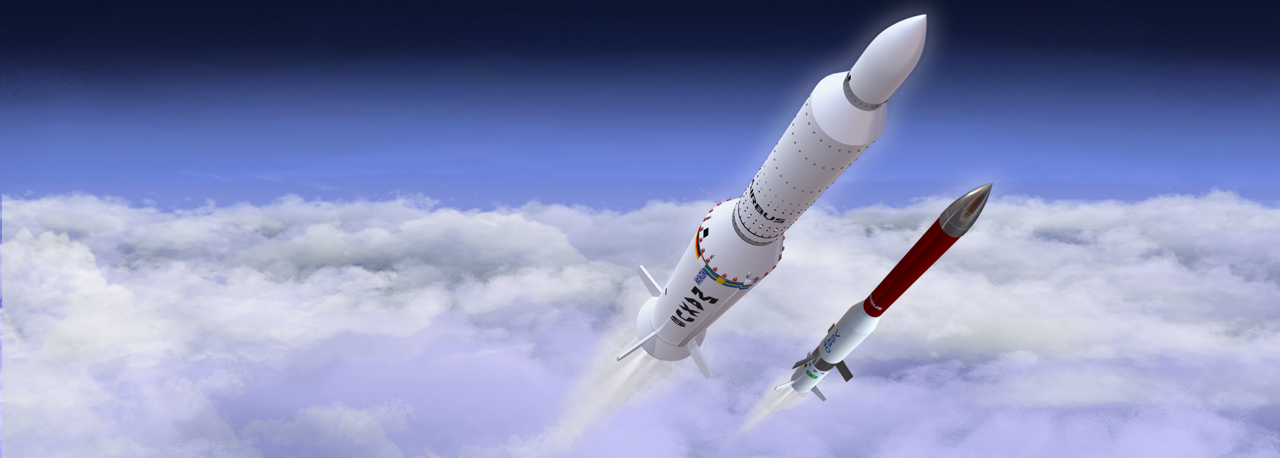
Through the TEXUS/MAXUS Sounding Rocket Programme, Airbus offers an end-to-end service to scientists and experimenters – a unique opportunity to perform technological experiments and investigations under microgravity conditions.
Payloads/Experiments
The experiments performed during the microgravity phase of the flight cover various scientific and technological disciplines, such as biology, combustion, medicine, material science, life science, solidification processes, fluid physics, fluid dynamics, or technology demonstration.
End-to-end service with key benefits
Airbus offers a turn-key solution to its customers, from the flight experiment contract signature to the delivery of flight samples, experiment data and videos with key benefits:
- Late access for sample installation is possible until approximately one hour prior to lift-off.
- Real-time transmission of experiment data and video images to the ground
- Telecommand Uplink capabilities for the scientists/experimenters to efficiently control the experiments/payload during the flight phase.
- Short time samples delivery: the Recovery System ensures a safe retrieval of the payload and scientific samples about two hours after the flight.

